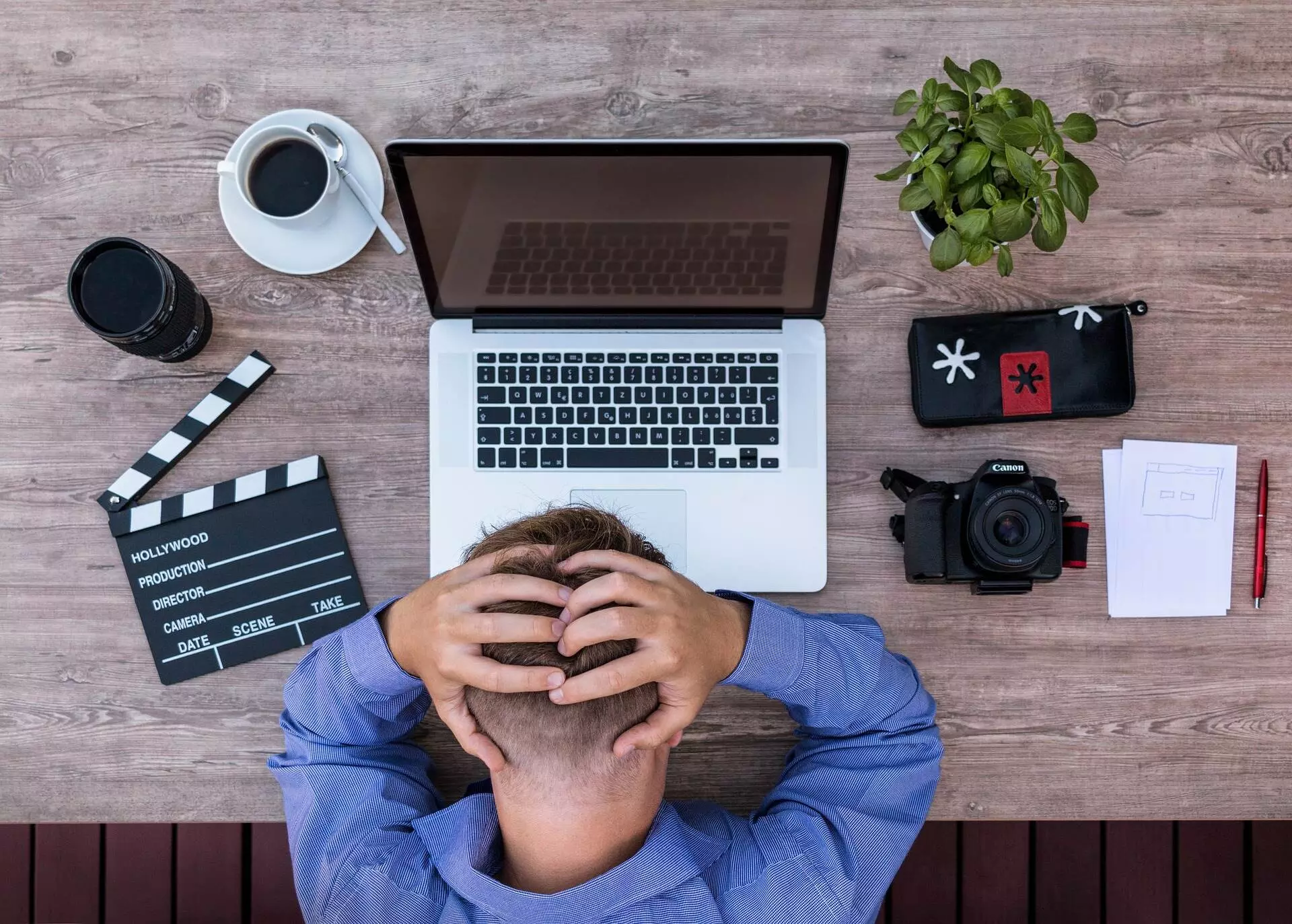Lost in a hustle?
Like humans’ capabilities, their limitations, too, need to be respected to get rid of the flawed notion of productivity which results in burnout, and not success

What is common among Prince Harry, Arianna Huffington, Lady Gaga, and ex-New Zealand PM Jacinda Ardern?
All of them have spoken openly about their experience of burnout and advocated for mental health awareness. In fact, the New Zealand PM recently stepped down from her office, citing she has “no more in the tank” to continue leading the country.
Who can experience burnout?
Literally anyone. Burnout can happen to anyone, regardless of their stature, education, or clout. Those in high-pressure jobs, performance-driven roles and working in stressful environments can be easily affected. The celebrities, world leaders, athletes, famous folks, and those in the limelight have it even tougher as they are constantly scrutinized by the public.
What is a burnout?
According to the World Health Organisation (WHO), burnout is a condition that is now recognised as a “syndrome resulting from chronic workplace stress that has not been successfully managed”. It is a state of physical and emotional exhaustion due to prolonged stress, usually from work. Stress is not bad by itself in limited doses but it’s the excess that is worrisome.
The triad of burnout is:
* Feeling of energy depletion, or exhaustion from being physically, emotionally, and mentally drained out all the time;
* There can be an increased feeling of mental distance from job, and feelings of negativism or cynicism related to one’s job;
* Reduced professional efficacy impacting productivity and outcome.
Burnout can be akin to driving a Ferrari at a constantly high speed and not stopping at any pitstops for change of tyres. Your tyres are likely to be burnt out soon and perhaps even lead to an accident along the way. While stress is not completely bad, chronic stress which is not being attended to and released is considered harmful.
How to know you are burnt out?
The triad of burnout, at its core, can show up in many physical, mental, and emotional forms.
Physical signs: unexplained aches and pains, low immunity, headache, hair loss, lack of energy, autoimmune conditions flaring up etc.
Emotional & behavioral signs: Anger response, irritability, sadness, lack of concentration, difficulty sleeping, poor coping with alcohol, triggering of trauma, depression, anxiety etc.
How does the cycle of burnout begin, and what it leads to?
Burnout begins with excessive ambition, working harder, neglecting one’s needs, conflicts and needs displacement, no time for non-work-related activities, denial of problems, withdrawal and cynicism, behavioural and psychological changes, depersonalisation, inner emptiness, addictive behaviour, meaningless and lack of interest, and life-threatening physical and mental exhaustion.
In some extreme cases, it can lead to death. In Japanese culture, there is a concept called ‘karoshi’, implying death due to overworking. It was brought to light in the 1980s and 90s. It resulted from the long work hours and high-stress environment of the employees.
How common is burnout?
According to a Deloitte study from 2019, nearly 84 per cent of millennials experienced burnout in their current job. In another recent study, it was revealed that India has the second-highest number of employees dealing with corporate burnout, and most of it remains unacknowledged.
How can one assess themselves for burnout?
Self-assessment tools are available to test if one is experiencing burnout. Most popular tools to assess are Maslach Burnout Inventory, which is popular among health caregivers, and Burnout Assessment Tool (BAT)
What is ‘hustle culture’ and ‘toxic productivity’?
Hustle culture denotes the trend in society to expect that an individual should be constantly working, always productive, and prioritise work over everything else. It emphasises and glorifies long working hours, struggle, multiple jobs, and sacrificing personal life and relationships to be successful. This concept of being toxic productive all the time leads to a disbelief that more hard work will automatically yield more outcome, and frowns upon relaxation, rest, and rejuvenation.
While hard work is necessary, excess of anything is bad. This concept propagates burnout, ignores the concept of relationships, balance, and mental health. The current biggest playground with icons of hustle culture and toxic productivity is social media. Social media is full of videos that expect individuals to work at ungodly hours in inhumane ways to the point beyond perfection.
What to do to avoid a burnout?
The key to preventing burnout lies in being aware of one’s limitations, expectations, and resources, and balancing them. While on paper, balance may seem easy, there needs to be a constant endeavor towards it.
Coping skills to prevent burnout
Coping skills are ways to blow off some steam. They are tiny valves to let go off the pressure in limited doses from time to time. Good healthy coping skills consist of things like exercise, therapy and sleeping well. Poor unhealthy coping skills consist of abusing substance, using escapism, and procrastinating to avoid burnout, which are detrimental.
Suggested reads on burnout
‘Dare to Lead: Brave Work. Tough Conversations. Whole Hearts’ by Brené Brown is about empathy, resilience and building better boundaries at work. Another fantastic read is Marlee Grace’s book ‘How to Not Always Be Working’ that uncovers how to avoid burnout and cultivate a sustainable work-life balance.
Send your questions to [email protected]



